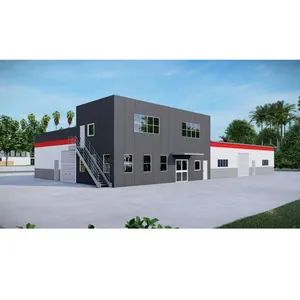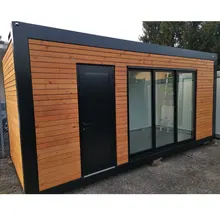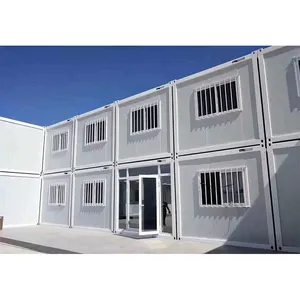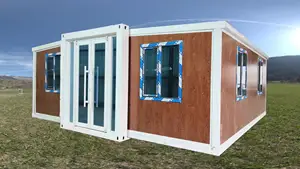Container offices have been successfully implemented across various industries, showcasing their versatility and functionality. For instance, a regional district in British Columbia utilized a 40’ high cube container to create a dual workspace complete with essential amenities and a self-sustaining water tank. This unit was also aesthetically enhanced with an awning and timber framing.
In the real estate sector, a modern sales office constructed from two 40’ shipping containers featured a common area, workspaces, and a bathroom, demonstrating the blend of luxury and simplicity. The design was open and inviting, aimed at attracting prospects.
Another example includes a developer in Kelowna who transformed a 40’ container into a pop-up sales centre, influenced by contemporary design, which supported the sale of condos and townhomes.
A sustainable mixed-use community project leveraged a sophisticated 40’x16’ container for its sales centre, with large windows to maximize natural light and views, while a nearby container served as a unique food venue.
The industrial chic design of a winery's stacked container structure featured a ground-level tasting area and an upper-level office space, optimizing the use of vertical space and providing stunning vineyard views.
Lastly, an industrial application saw a three-room stacked container office, which included a mechanical room, office space, and a break area, proving the adaptability of container offices to various business needs and environments.












































 浙公网安备 33010002000092号
浙公网安备 33010002000092号 浙B2-20120091-4
浙B2-20120091-4